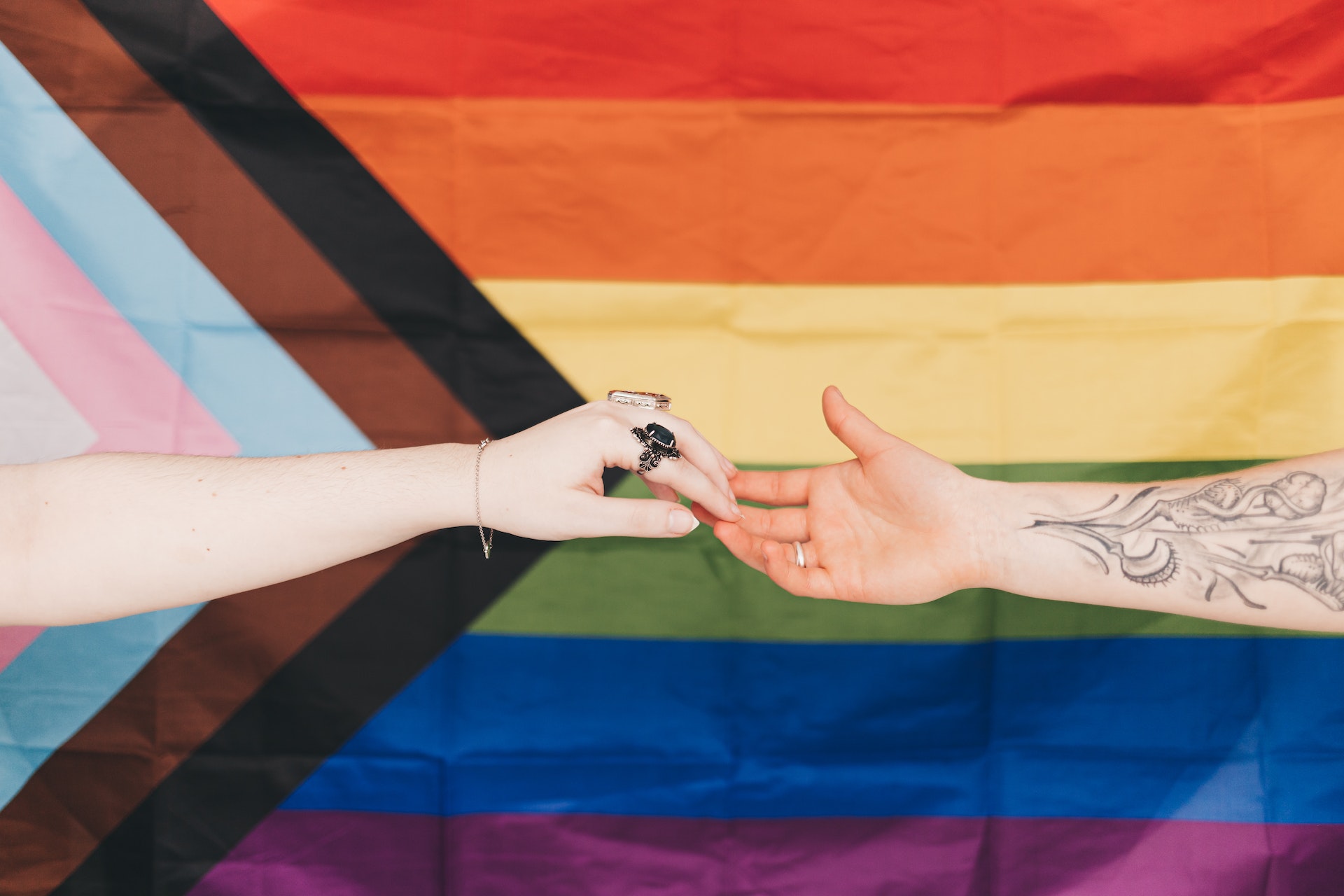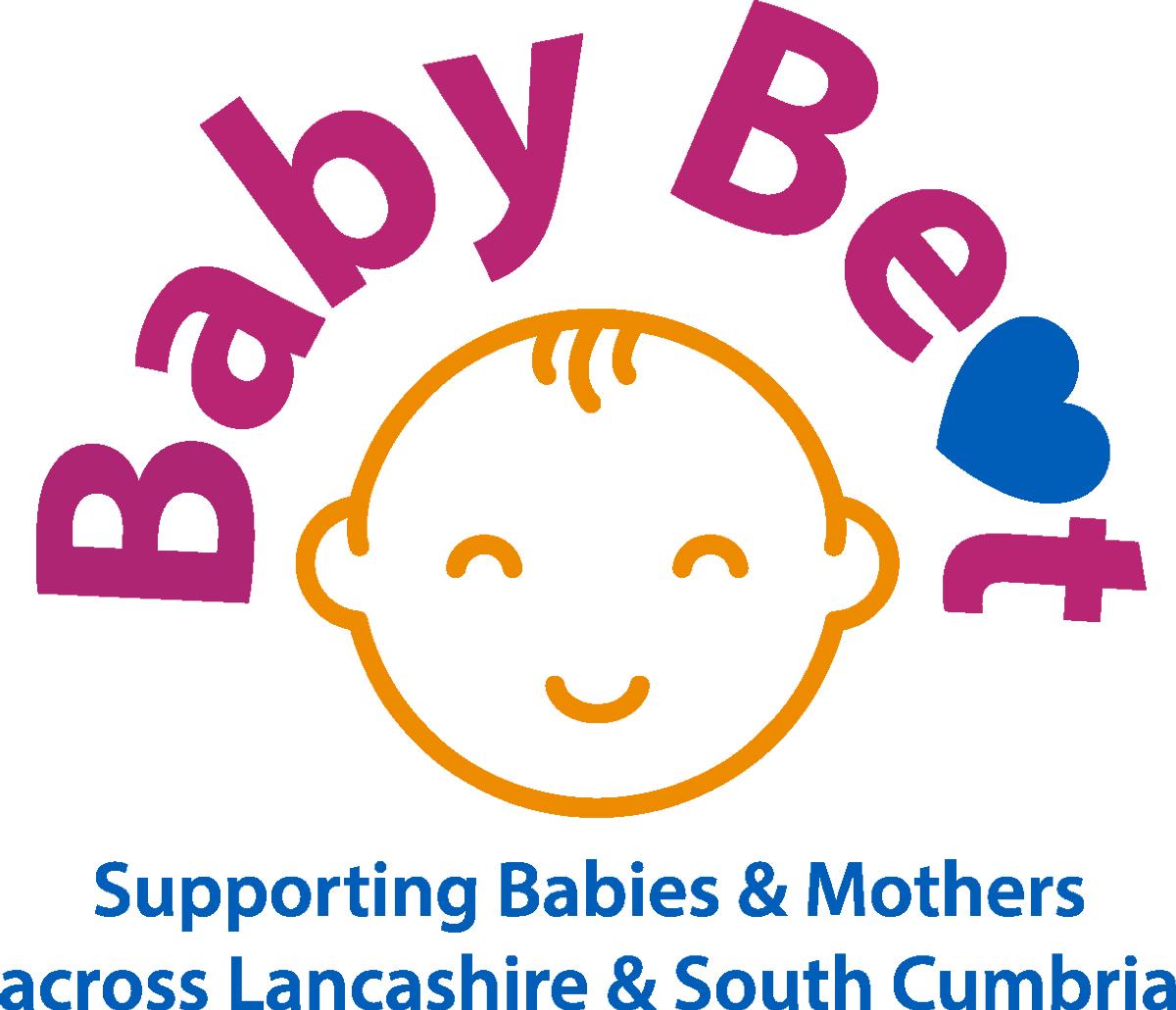
February is LGBT History Month and as part of our ongoing commemorations of the event, we are taking a look at the different sexual identities.
Asexuality
Asexual people do not experience sexual attraction. They may experience other forms of attraction (such as romantic attraction), but this does not lead to a desire to act on this in a sexual way.
One of the most common challenges Asexuals face is the denial that their identity is valid. People may assume they will “grow out of it” or “haven’t met the right person yet”. People may also assume that this means Asexuals will not enter into romantic relationships, but this is also not necessarily true.
Aromantic
Aromantic people do not experience romantic attraction. They may experience other forms of attraction (such as sexual attraction). The exact definition of romantic attraction/relationships varies between individuals.
One of the most common challenges Aromantics face is the denial that their identity is valid. People may assume they will “grow out of it” or “haven’t met the right person yet”. Aromantic people can be wrongly thought of as “cold” as people sometimes incorrectly assume they are unable to form any emotional relationships.
Bisexual
The term “bisexual” is used to describe a person who experiences emotional, romantic and/or sexual attractions to, or engages in romantic or sexual relationships with, more than one sex or gender
Bisexuals feel massively underrepresented in the LGBTQ+ community and many don’t feel they fit in, they feel invisible! However according to Glaad.org’s data via the Williams institute, bisexuals make up a shocking 52% of the LGB community, compared to 17% of lesbians and 31% of gay men. This figure of course, does not represent pan-sexuals, a-sexuals, demi-sexuals, or other sexualities, further misrepresenting and causing invisibility to others, within the LGBTQ+ community itself.
It wasn’t until the late 1970’s that “Bisexuality” was actually commonly used as a term, before this the label for multiple attractions was unclear, some preferred to use ratios to define their sexuality (for example 20:80 straight: gay) and in 1981 the UK’s first Bi group was formed, “London Bisexual Group”, a magazine called “bi-monthly” was then founded and two bi helplines in London and Edinburgh were set up (Stonewall, 2022)!
Pansexual
Pansexuality comes from the Greek origin of “pan” meaning “all” and means that someone can be attracted in an emotional or physical way to all genders. This can be cisgender, transgender, non-conforming to gender or agender (not comprehensive), attraction is not limited to sex or gender for a pansexual individual and it has been said previously that pansexuals do not see gender. Pansexuality is not a new fad and has been included in the Oxford English Dictionary since at least the early 1900s and has been used in its current definition since at least the late 1960s (Stonewall, 2022), and some people also use the term “omnisexual”.
Pansexuality has faced a lot of stick over the years, so we need to end the stigma. Pansexuality first appeared in the Journal of abnormal psychology in 1914 as ‘pan-sexualism’, as a psychoanalytic term by Freud, expressing “That the sex instinct plays the primary part in all human activity, mental and physical”, basically theorizing that everything we do is motivated by sex, arriving at pansexuality. This then led to pansexuality as being seen as a sort of sexual deviancy and it was further stigmatised by Pope Pius in 1952 in a speech stated that the “‘Pansexual’ method of psychoanalytic therapy went against Christian values”, and it wasn’t until the 1960’s or 70’s that labels were introduced to define sexualities that stigmas were reduced around pansexuality. (LGBTHealth.org.uk).
Demisexual
Demisexuality is a sexual orientation in which physical looks and sexual activity are not defining characteristics of an attraction. To put it simply, the emotional bond is the most important part of demisexuality. Some demisexuals may not be interested in sexual activity at all, and deep emotional connection and intimacy is far more important. It does not mean that forming an emotional bond will induce an attraction, just that they must have this for a connection to occur. Most demisexuals in comparison to the general population experience sexual attraction much less but can go on to have long and meaningful relationships. So, why do they need a label? Well, demisexuals may grow up feeling different to their peers, as they don’t partake in usual conversations on who they find attractive, and this can lead to confusion and alienation. Knowing that there are others out there just like them, gives them confidence and helps to stop feelings of loneliness.







